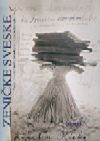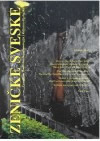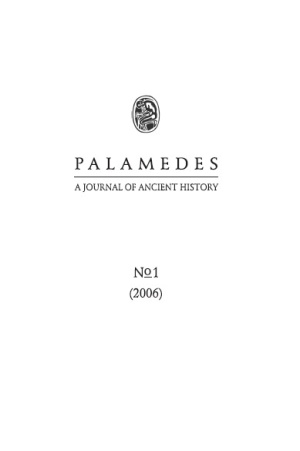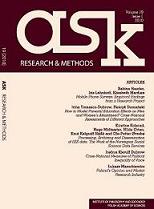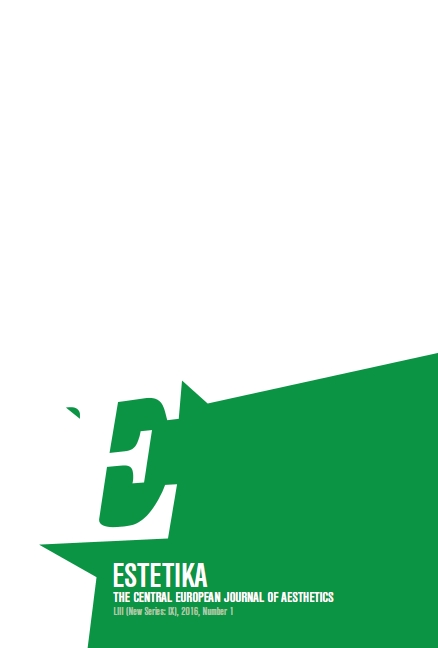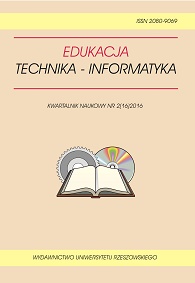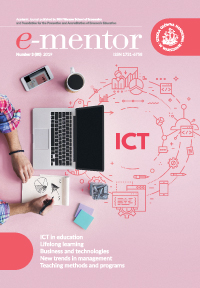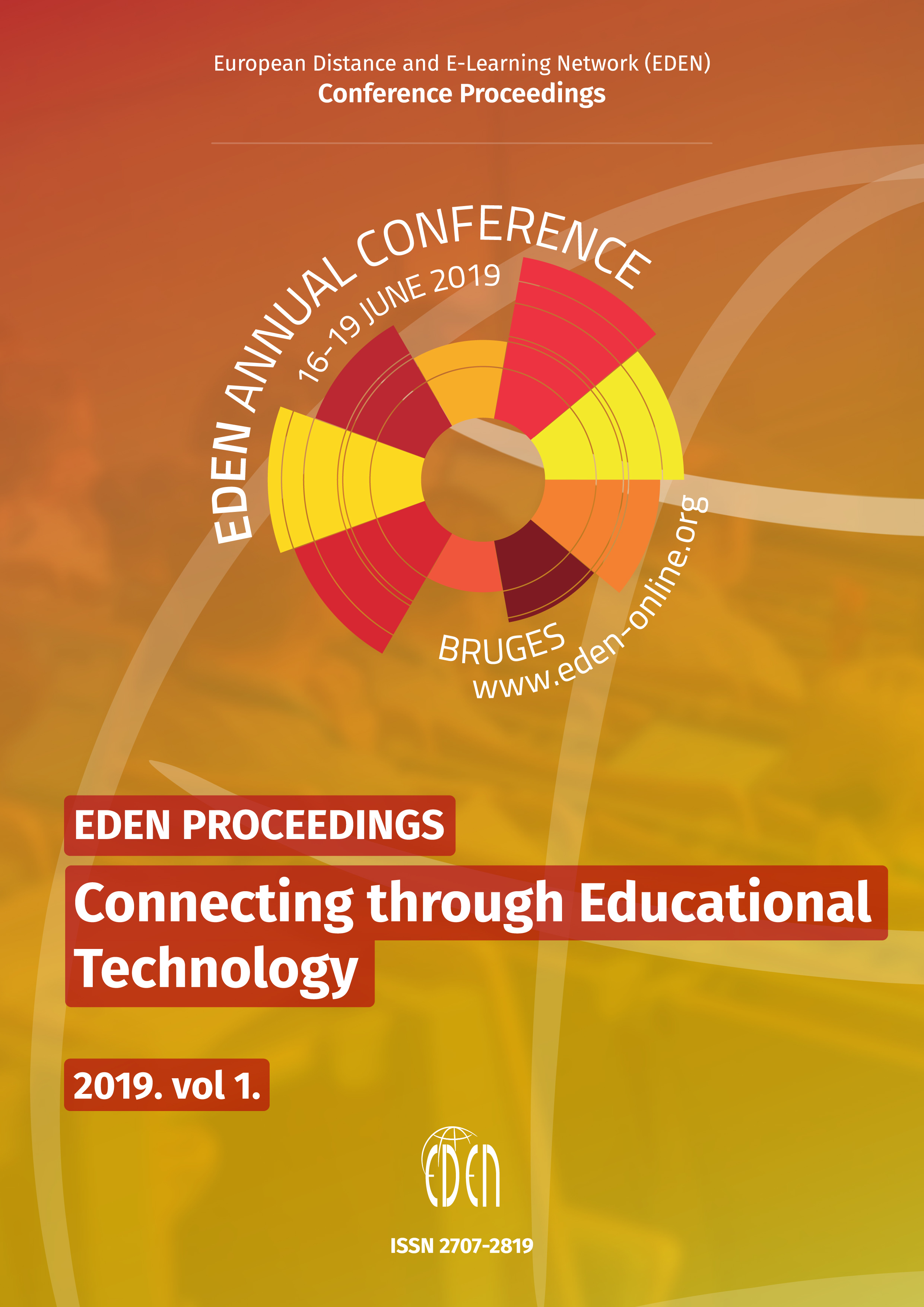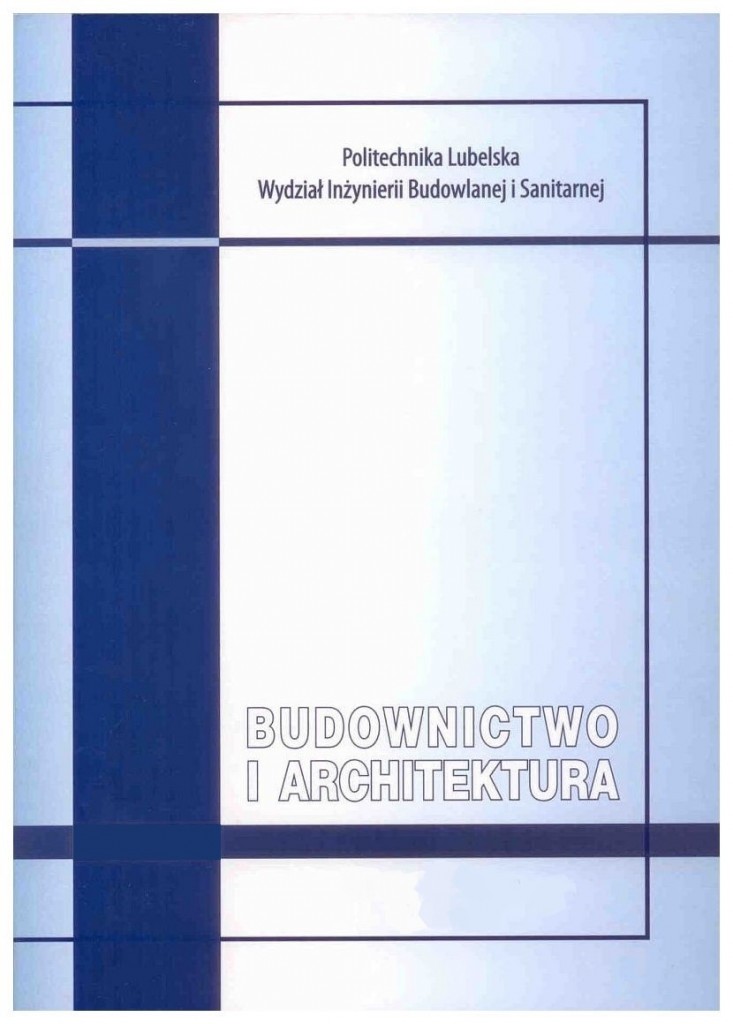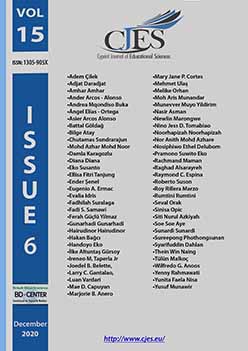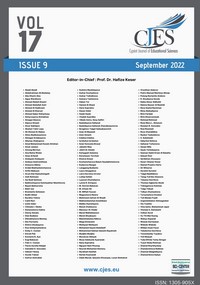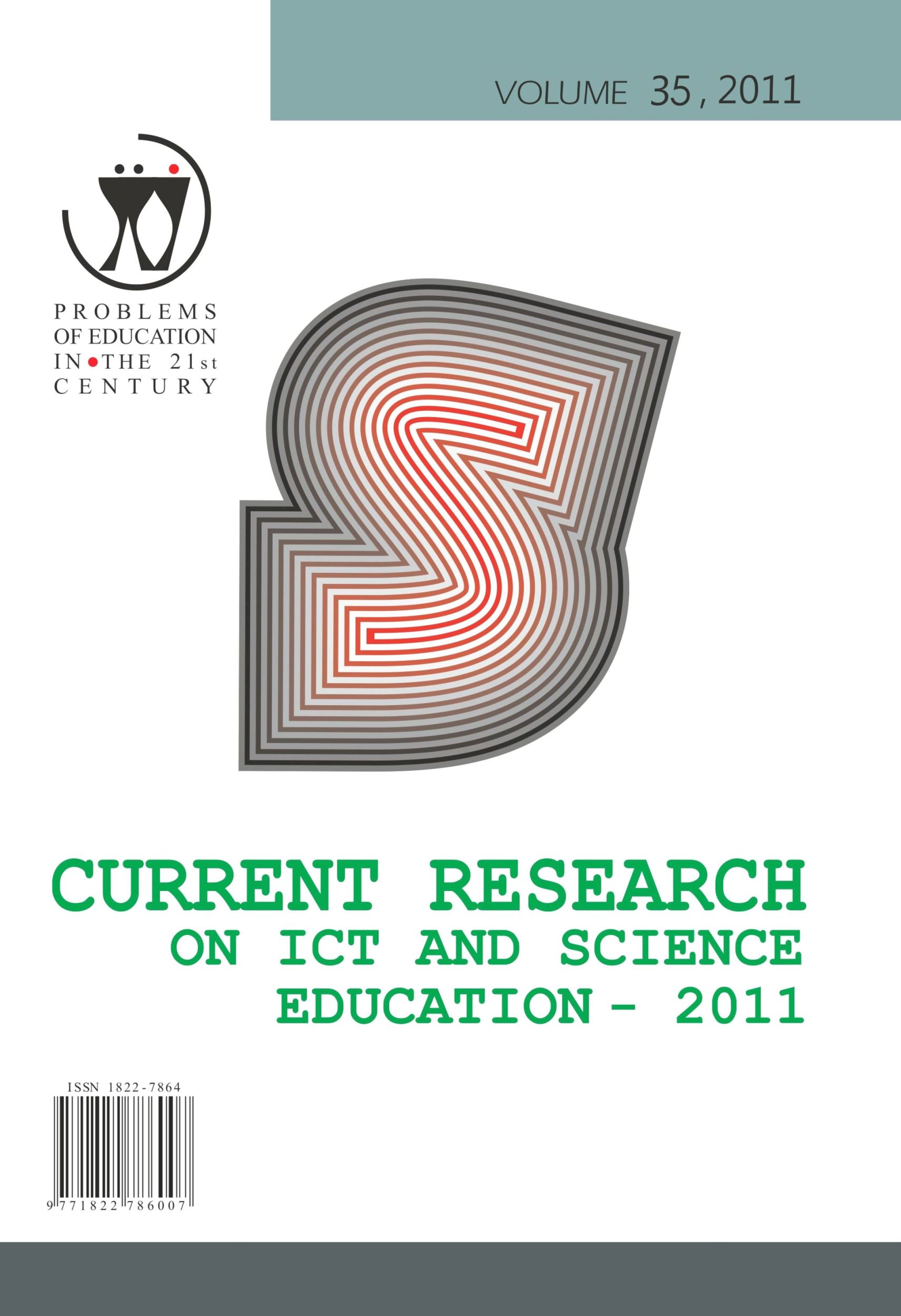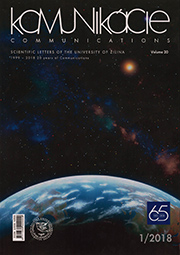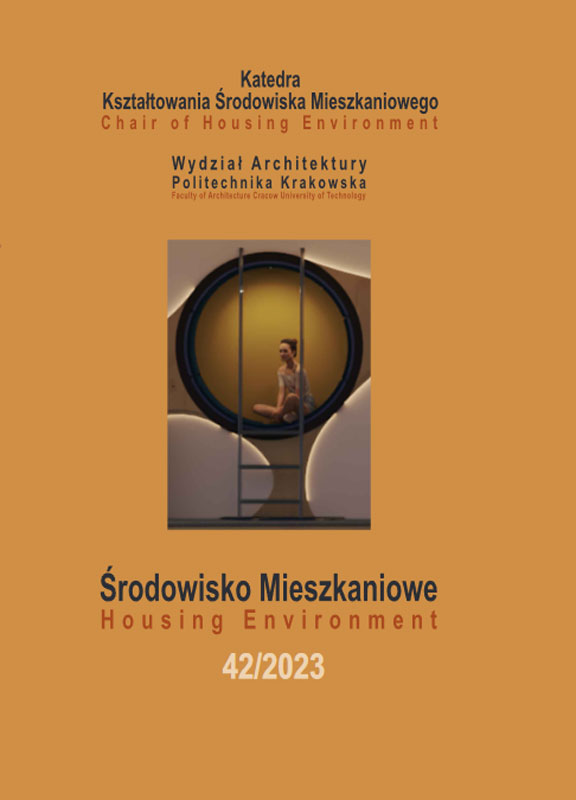Identity Construction in a Dialogue of Opposing Discourses: Estonian Crafts in the 1960s–1970s
Identity Construction in a Dialogue of Opposing Discourses: Estonian Crafts in the 1960s–1970s
This paper explores identity construction in Estonian crafts in the 1960s–1970s, during the 'Thaw' and official modernisation process. Based mainly on the criticism of the period, the paper analyses changes in approaches and follows the construction of a new identity for crafts, based not on functional but on artistic ambitions. The paper distinguishes two opposing discourses which shaped the identity of crafts: the 'design discourse' and 'art discourse'. The development and functioning of both discourses was influenced by the classical canon of the hierarchy of the arts, as well as by the structure of local art institutions, art instruction and exhibition management. The author claims that, although in the 1970s the new artistic identity of crafts was widely accepted, paradoxically crafts were in a marginal position compared with fine arts and perceived their hierarchical inferiority as the 'other's other'.
More...

